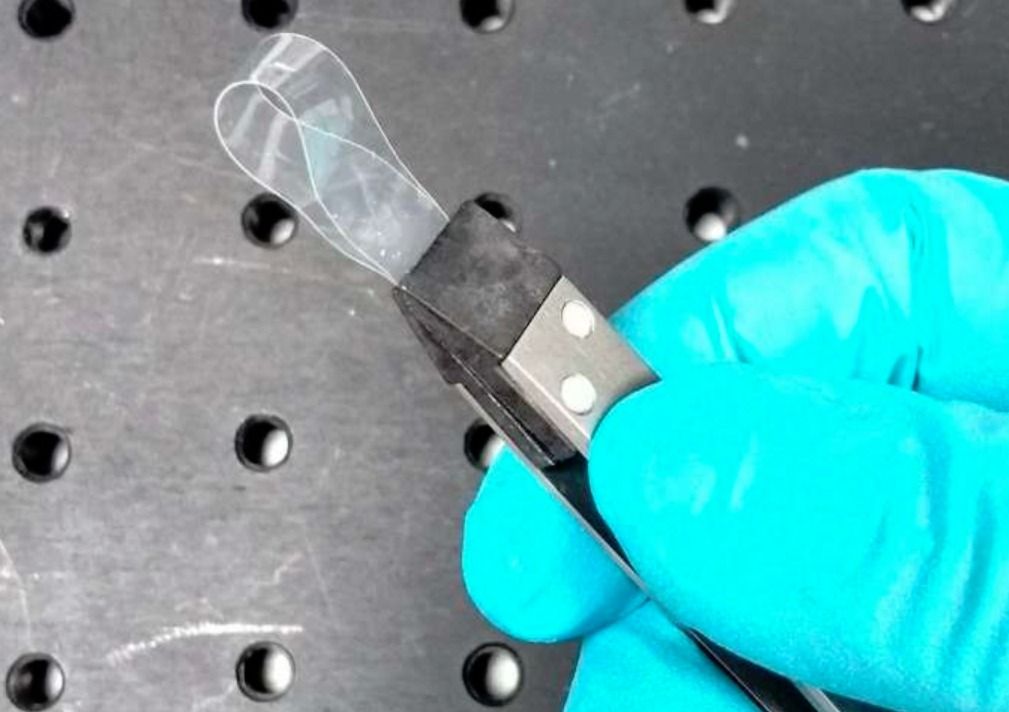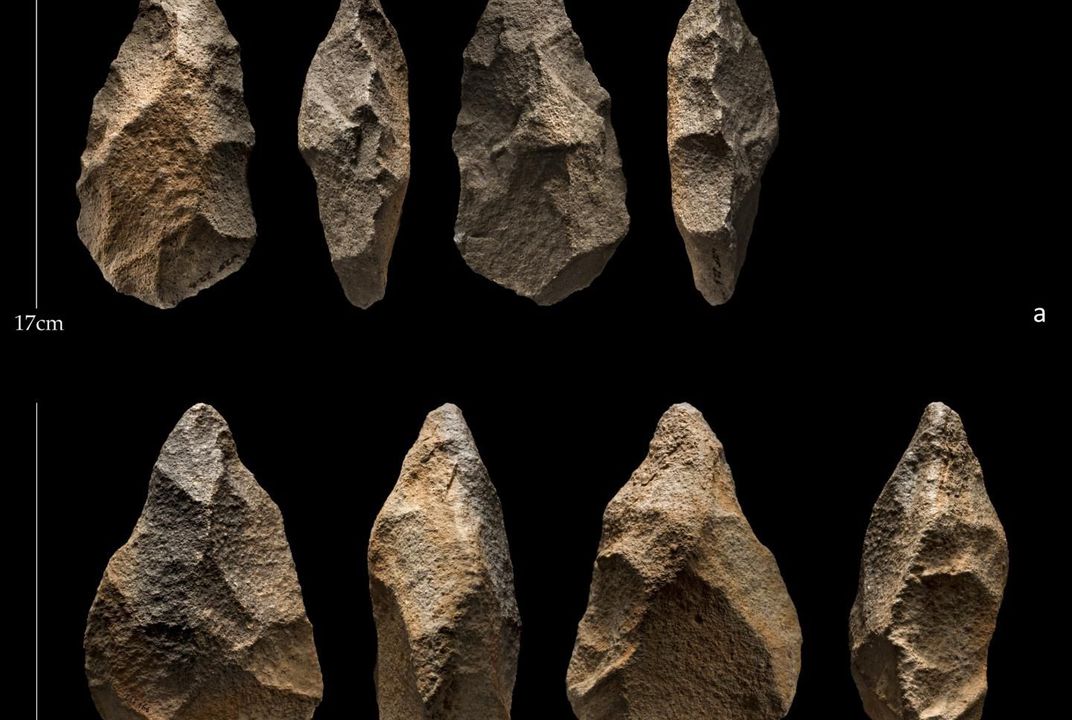Dec 4, 2018
Scientists invented a new material that gets thicker as you stretch it
Posted by Shane Hinshaw in categories: materials, physics
Most of us think we have a pretty solid grasp on basic physics, and one of the assumptions we’ve come to form is that any material gets thinner as it’s stretched. It makes sense, since the same amount of material spread over a larger area would have to mean that there’s less of it in any one spot, right?
Not so fast. Researchers led by Dr. Devesh Mistry of the University of Leeds invented a new synthetic material that gets thicker as it’s being stretched. The material, which is described in detail in a new paper published in Nature Communications, is one of few that exhibit “auxetic” properties, which means they expand instead of contracting when tugged on from different directions.

















